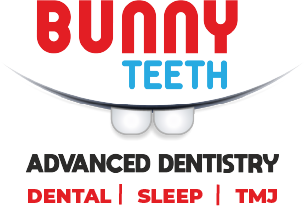Dental Implants and its advantages. Digitally Guided surgery
Dental Implants and its advantages. Digitally Guided surgery
Digitally guided surgical procedure was originally introduced for neurosurgery. Using this advanced procedure, dentists can now achieve safe and predictable implant replacements. It is gaining popularity with time across the globe. This form of surgical procedure uses images taken from the CT scan cone beam of the patient to plan accurate implant treatment. Using guided surgery software, it becomes easier to visualize as well as manipulate the patient’s surrounding tissue and jawbone images. Thus, accurate approach can be taken to provide the treatment. CT cone beam images show soft tissue thickness, available bone, adjacent teeth proximity, root anatomy and vital structures.
Main benefits derived from using laser guided implant surgery
It includes accurate and precise implant placement. Vital anatomical structures can now be visualized effortlessly and clearly, thus allowing the dentists to preserve them better during guided surgery. On the other hand traditional surgical guides offer predictable results as they are quite trickier to use, if there is absent anatomical references. Advance detailed treatment planning can help eliminate or reduce expected events taking place during surgery. It also helps reduce substantially the time taken to complete the implant surgery.
Any drawbacks
Initial investment cost required buying planning software and specialised surgical equipment is one of the major drawbacks. It also requires adequate time to get trained in this speciality. Patients find laser-guided implant surgery to be quicker and comfortable. But clinicians are required to spend a lot of time trying to plan this surgery unlike that of traditional implants treatments. With the technology being more accepted and less costly, it is gaining importance.
When is laser-guided implant surgery prescribed to patients?
Certain situations might demand using laser-guided implant surgical procedure. If patient requires sequential placement of 3+ implants, then this treatment option is recommended. It is also beneficial if implant placements are crucial to achieve success of proposed restoration. Patients suffering from bone volume or structure or need significant bony anatomy alteration can benefit from this procedure. It also reduces problems arising from proximity of adjacent teeth or existing implants. Patients requiring immediate extraction or completely edentulous, followed by implant placements immediately are suitable to undergo this treatment.
However, guided implant surgery will not be necessary to treat all situations. The dentist may be routinely placing implants freehand with great success without using guided surgery.
Achieve desirable outcome with laser guided implant surgery
Increasing implant placement accuracy is one of the major reasons to select guided implant surgical procedure. Clinicians can now plan exact position and morphology of planned restorations. This is achievable before placing/positioning implants, thereby creating an ideal treatment plan. More accurate placements of implants can be achieved with reverse engineering implant surgical procedure. This ensures avoiding vital anatomical structures. The computerized software allows complete visualization of the anatomy that surrounds the implant locations. At the same time, it ensures proper placement of the implant in its ideal position.
With digital planning implant surgical procedure, the dental team will be in a better position to visualize as well as approve treatment plan. It also includes the final prosthesis.
